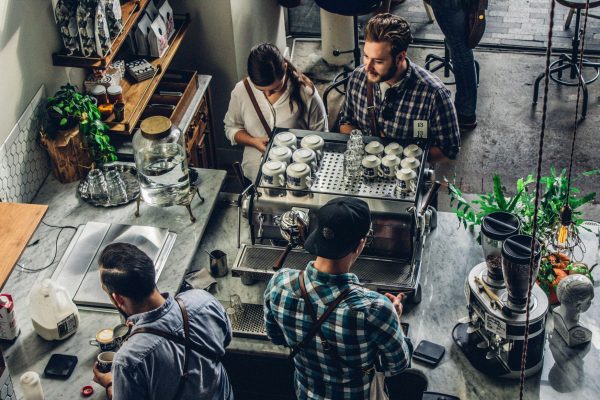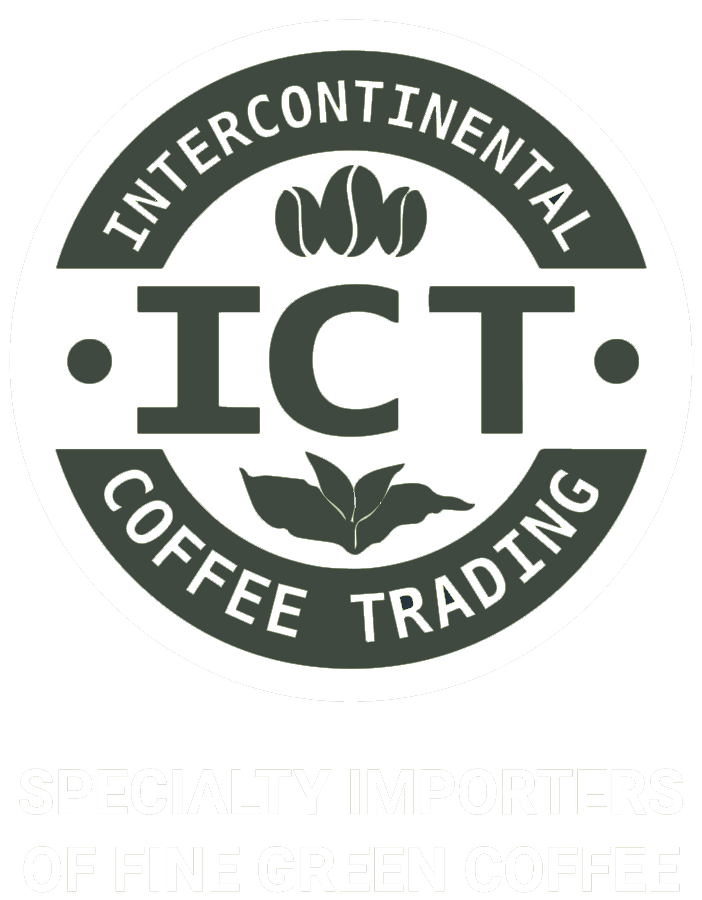
Coffee shops are the heart of the coffee industry, serving millions of cups daily to caffeine enthusiasts worldwide. But have you ever wondered what goes on behind the scenes? What types of coffee beans do these establishments prefer to roast? Let’s dive into the world of green bean coffee and explore the most popular choices among coffee shops.
The Journey from Green Beans to Fresh Coffee Beans
Before we explore the favorite beans of coffee shops, it’s essential to understand the journey of coffee from farm to cup. Green bean coffee, also known as raw coffee, is the starting point for all roasted coffee.
What are Green Coffee Beans?
Green coffee beans are the raw, unroasted seeds of coffee cherries. These beans are typically pale green or grayish in color, dense and hard to the touch, and lack the characteristic aroma of roasted coffee. Many green beans coffee companies specialize in sourcing and distributing these raw beans to roasters and coffee shops worldwide.
Popular Coffee Origins Among Roasters
Coffee shops and coffee roasters have their preferences when it comes to selecting green beans for roasting. Let’s explore some of the most sought-after origins.
Brazilian Coffee: The Backbone of Many Blends
Brazilian coffee is a top choice for many coffee shops due to its mild, smooth flavor profile, low acidity, and notes of chocolate and nuts. Its versatility makes it popular in blends and as a single-origin offering. Brazil is the world’s largest coffee producer, making Brazilian coffee beans readily available for wholesale coffee purchases.
Colombian Coffee Beans: A Crowd Favorite
Colombian coffee is another popular choice among roasters, known for its:
- Well-balanced flavor
- Medium body
- Bright acidity
- Caramel sweetness with hints of fruit
Many coffee shops offer Colombian coffee as a staple in their lineup of fresh coffee beans.
Factors Influencing Coffee Bean Selection
Several factors contribute to a coffee shop’s choice of beans for roasting:
- Customer preferences
- Seasonal availability
- Price fluctuations in the green bean coffee market
- Flavor profile goals for blends and single-origin offerings
- Sustainability and ethical sourcing considerations
Beyond South America: Other Popular Origins
While Brazilian and Colombian coffees are widely used, many coffee shops also roast beans from other regions. Ethiopian coffee is known for its complex, wine-like flavors, often featuring floral and fruity notes. Kenyan coffee is prized for its bright and bold profile with wine-like acidity, often displaying black currant or berry flavors. Indonesian coffee, particularly from Sumatra and Java, is full-bodied with earthy, spicy notes, often used in dark roasts and blends.
The Rise of Specialty Coffee and Micro-Lots
As consumer tastes evolve, many coffee shops are expanding their offerings to include:
- Single-origin coffees from lesser-known regions
- Micro-lot coffees with unique flavor profiles
- Experimental processing methods (e.g., honey, natural, and anaerobic)
These specialty offerings allow coffee shops to differentiate themselves and cater to discerning customers seeking new flavor experiences.
Sourcing Green Beans: From Farm to Roastery
For coffee shops looking to source green beans, several options are available:
- Direct trade relationships with farmers
- Working with a green beans coffee company
- Purchasing from coffee importers specializing in wholesale coffee
- Attending coffee auctions and cuppings
Many roasters prefer to establish long-term relationships with suppliers to ensure consistent quality and support sustainable farming practices.
Conclusion: Diversity in Coffee Bean Selection
While Brazilian and Colombian coffees remain staples in many coffee shops, the world of coffee roasting is diverse and ever-evolving. Roasters are constantly experimenting with new origins, processing methods, and roast profiles to create unique and delicious offerings for their customers.
For those interested in exploring the world of coffee roasting, many green coffee suppliers offer coffee beans for sale in various quantities, from small sample sizes to large wholesale lots. Whether you’re a home roaster or a professional barista, the journey from green bean to cup is an exciting adventure in flavor and aroma.
As the coffee industry continues to grow and evolve, one thing remains constant: the pursuit of the perfect cup begins with selecting the right green beans. By understanding the preferences of coffee shops and the factors that influence their choices, we can better appreciate the complexity and artistry behind every delicious brew.
